-
Welcome to Tundras.com!
You are currently viewing as a guest! To get full-access, you need to register for a FREE account.
As a registered member, you’ll be able to:- Participate in all Tundra discussion topics
- Transfer over your build thread from a different forum to this one
- Communicate privately with other Tundra owners from around the world
- Post your own photos in our Members Gallery
- Access all special features of the site
Level/small lift rabbit hole…
Discussion in 'Suspension' started by Ero2, May 28, 2025.
Page 2 of 2
Page 2 of 2


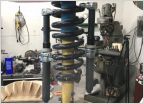 Shankly HD Spring Compressors
Shankly HD Spring Compressors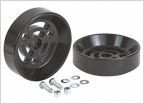 Bag spacers with 1” shackles?
Bag spacers with 1” shackles?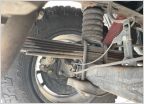 Custom Leaf Springs Input-Alcan & Dakar only?
Custom Leaf Springs Input-Alcan & Dakar only?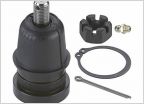 Long shot identification?
Long shot identification?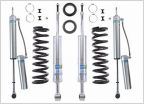 Bilstein 6112/5160 vs Fox 2.0
Bilstein 6112/5160 vs Fox 2.0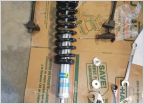 Bilstein 6112 which hardware
Bilstein 6112 which hardware















































































